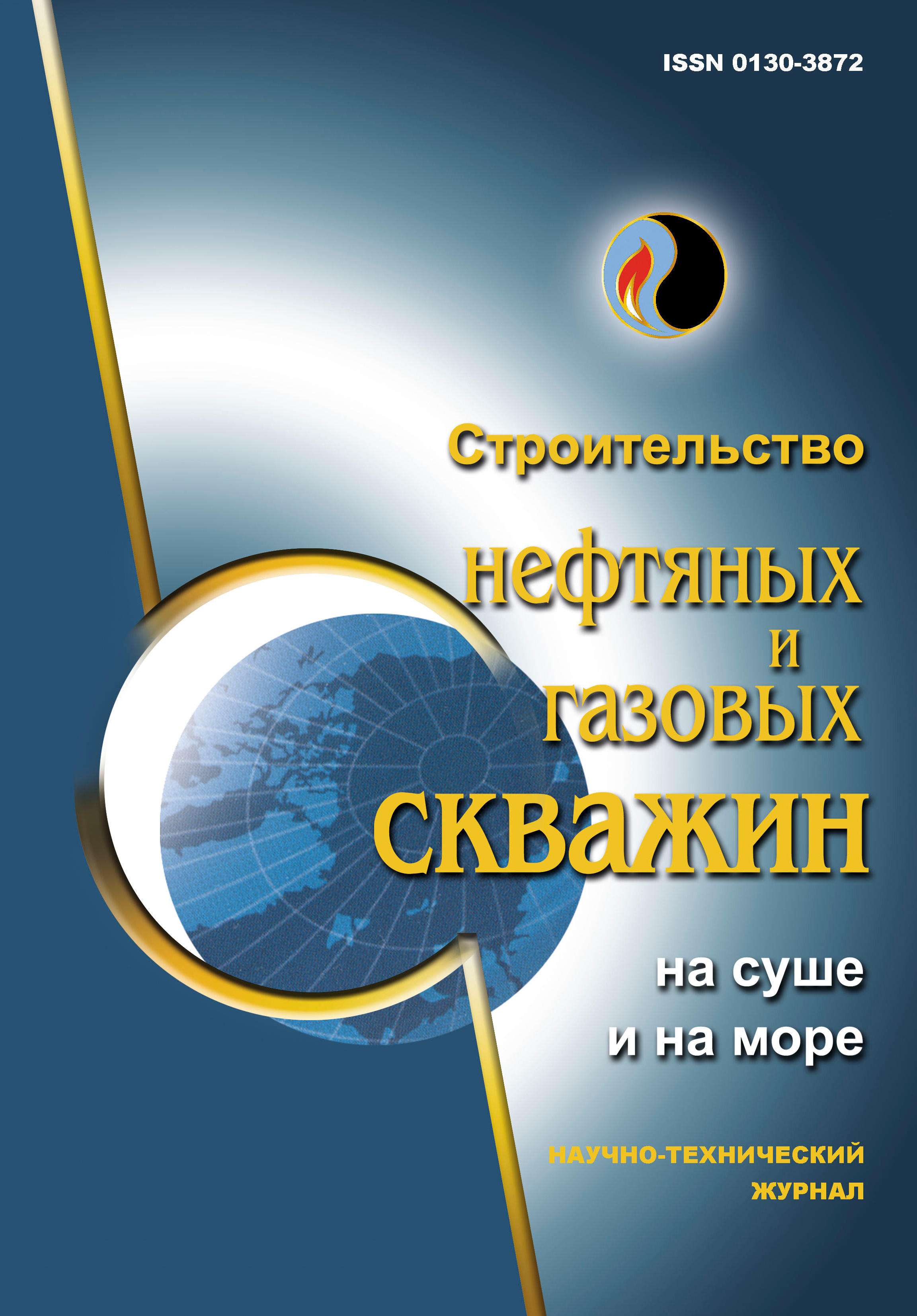Improvement of the technology of laying an offshore gas pipeline by using above-water tie-in
UDC: 622.691.4.07
DOI: 10.33285/0130-3872-2023-1(361)-49-54
Authors:
KALASHNIKOV PAVEL K. 1
1,
KALMYKOV ALEXANDER A. 1
1
1 National University of Oil and Gas "Gubkin University", Moscow, Russia
Keywords: offshore gas pipeline, surface tie-in, pipeline arc, laying technology, winch, pipeline pulling
Annotation:
Safe and reliable construction of offshore gas pipelines (OGP) requires the adoption of design and technological solutions in terms of laying pipes near the pipeline's landfall, including procedures of the pipeline lines tie-in. The normative documentation on the construction of OGP does not present the technology of surface tie-in, which is successfully implemented in practice during the construction of modern trans-boundary OGP. Relevant is The solution of the problems of systematization of the implemented decision-makings on laying OGP using surface tie-in, establishing the possible negative aftereffects of the existing laying, developing a method of improving the pipelines laying technology. It has been established that when applying the traditional technology of surface tie-in, the pipe lines are preliminarily laid on the bottom with an excess of their length for the subsequent raising of their ends by winches to the ship, welding and lowering by winches to the bottom. It was revealed that the process of OGP section lowering after welding goes on simultaneously with the vessel displacement to the away from the pipeline axis in order to avoid compression and destruction of the lowered section. However, it leads to pipeline arc occurrence along its route. The possible negative aftereffects of using this technology are given. They are as follows: the development of stresses in the arc section due to bending, compressive and tensile deformation and loss of OGP stability. A method has been developed for laying the OGP without an arc appearance after carrying out a surface tiein with the formation of a linear section without displacements relative to the OGP main axis. This laying technology involves the simultaneous execution of the following three operations: lowering the arc by means of the ship's winches, pulling the arc towards the coastline by the winch from the shore and moving the ship towards the coast.
Bibliography:
1. Serebryakov A.M. Geoinformatsionnye sredstva analiza i razresheniya neshtatnykh situatsiy pri stroitel'stve morskikh truboprovodov: avtoref. dis. … kand. tekhn. nauk: 25.00.35. – SPb., 2010. – 32 s.
2. ND 2-090601-007. Rekomendatsii po proektirovaniyu, postroyke i ekspluatatsii morskikh podvodnykh truboprovodov. – Vved. 2020–01–01. – SPb.: Rossiyskiy morskoy registr sudokhodstva, 2020. – 99 s.
3. SP 86.13330.2014. Magistral'nye truboprovody. – Vved. 2014–06–01. – M.: Minstroy Rossii, 2014. – VI, 176 s.
4. SP 378.1325800.2017. Morskie truboprovody. Pravila proektirovaniya i stroitel'stva. – Vved. 2018–05–26. – M.: Standartinform, 2018. – IV, 36 s.
5. SP 422.1325800.2018. Truboprovody magistral'nye i promyslovye dlya nefti i gaza. Stroitel'stvo podvodnykh perekhodov i kontrol' vypolneniya rabot. – Vved. 2019–06–25. – M.: Standartinform, 2019. – IV, 49 s.
6. Design and installation of marine pipelines / M.W. Braestrup, J.B. Andersen, L.W. Andersen [et al.]. – Oxford: Blackwell Science Ltd, 2005. – 342 p.
7. Otraslevye novosti // Inzhenernye izyskaniya. – 2018. – T. 12, № 5-6. – S. 98–110.
8. Informatsiya o nadvodnoy svarke zakhlestnogo styka sektsiy gazoprovoda v territorial'nykh vodakh Germanii / Nord Stream 2 AG. – 2020. – URL: https://www.nord-stream2.com/ru/download/document/287/ (data obrashcheniya 23.01.2022).
9. W-RU-SWP-LFR-ANS-869-000005EN. Nearshore Russia Pipelay and AWTI’s: AWTI Project analysis. Nord Sream 2. – 2019. – 85 p.
10. Kharionovskiy V.V. Glubokovodnye gazoprovody: nauchnoe obespechenie proektov // Gazovaya prom-st'. – 2020. – № 4(799). – S. 50–54.

